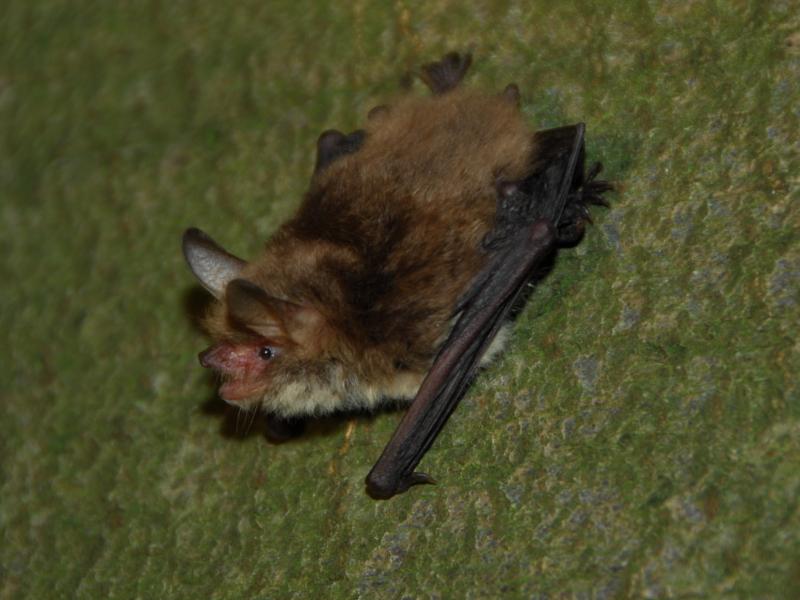Long-term trends of bats hibernating in small artificial hibernacula in northern Limburg and population dynamics explained by climatic conditions

Abstract: Hibernation site selection by bats depends on various environmental and physiological factors, microclimatic conditions, and species-specific requirements. For successful overwinter survival, efficient use of stored fat reserves is crucial. Current predicted climate change may alter microclimatic conditions of hibernacula, stimulate arousal, and cause shifts in hibernation site use. A better understanding of these effects is needed to improve bat conservation. Between 1986–2020, we annually monitored 18 small (mean: 70 m3) and artificial hibernacula, assessed long-term trends, and analysed population dynamics of hibernating bats in northern Limburg, the Netherlands. In Myotis daubentonii and M. nattereri, we found a significant population increase in these hibernacula, with a yearly mean growth of 5.8% and 11.7%, respectively. The trend of Plecotus auritus remained stable throughout the study period. Yearly population growth rate dynamics of these species could be best explained by climatic factors in terms of winter severity. In M. nattereri and P. auritus, yearly population growth rates positively correlated with the number of ice days per winter, but not in M. daubentonii. In all three species, temperature fluctuations during winters did not significantly affect population dynamics. Our results show that population growth rates of both M. nattereri and P. auritus increased during more severe winters. However, during relatively mild winters, M. nattereri but especially P. auritus was less abundantly present in the monitored hibernacula. As winters are expected to become warmer as a results of climate change, this species most likely select more exposed hibernacula such as tree cavities. Hence, availability of different types of hibernacula that provide a wide variety of microclimatic conditions throughout the winter could improve future conservation of this cold dwelling bat species.


